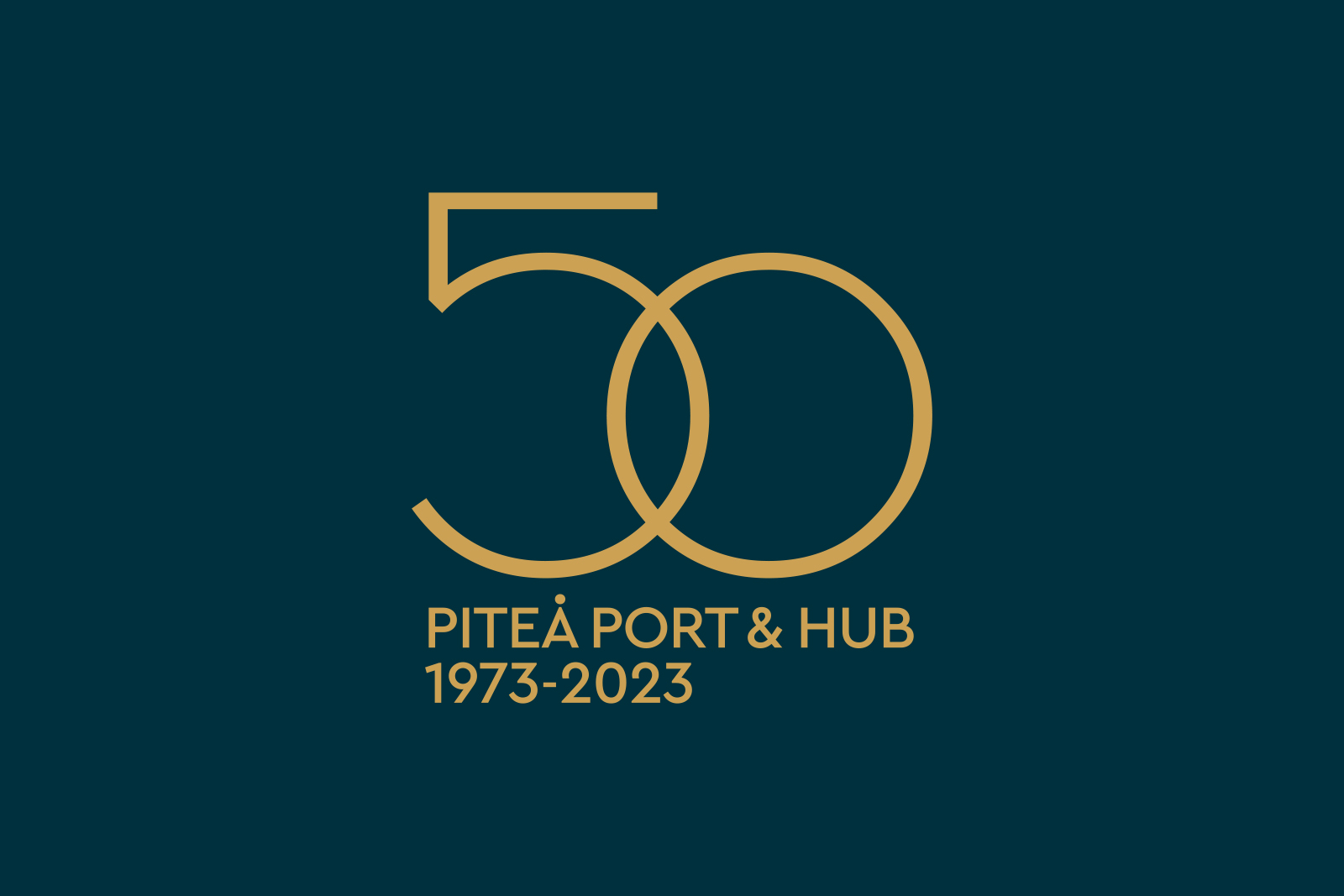
History
- Shipping has probably been conducted in Piteå since the 14th century.
- Kyrkbyn is believed to be the first proper port in the Piteälven, but elevation of the land meant that the port had to move further and further out towards the river.
- In the 1820s, the draft outside the Pite River was only 7 feet, which meant that larger ships anchored at Huvan and unloaded and loaded there.
- To get rid of the sand drift that caused the poor draft, the “Pitsundsarmarna” were built, which through a narrow passage would force the river water to flow more quickly into the Gulf of Bothnia. Avery successful solution for a long time.
- During the 1960s, when the current Piteå Municipality consisted of four smaller municipalities: Piteå city, Piteå country municipality, Hortlax municipality and Norrfjärden municipality, it was realized that something had to be done to ensure the industry’s transport needs by sea.
- The two major industries SCA and ASSI planned for new transport systems that would cope with their increased production volumes of paper and wood.
- The city of Piteå planned for a new wharf facility near the city, while Piteå country municipality pointed out Haraholmen (Haraholmen had an oil port out at Sör-Haraholmen since 1964).
- On 13/7 1973, the new commercial port at Haraholmen was inaugurated. The port facility then consisted of a 300 m quay plus the oil quay with a length of 60 m.
- After a few years, the need arose for an additional quay. In addition, ASSI was thinking about a new transport system whereby their goods would be transported with so-called RoRo ships, where the cargo was rolled on board instead of being previously lifted on board by cranes, which meant that the port had to build a RoRo ramp. In 1979 the expansion of a 280 meter quay with a double RoRo berth was completed.
- The port’s and customers’ need for storage capacity has since continuously increased. From a warehouse of 14,400 m2 at the opening to today’s warehouse capacity of approx. 60,000 m2. The latest warehouse was built in 2005 on behalf of Smurfit Kappa.
- The port operations were corporatized in 2004. The biggest incentive was that the operation faced extensive investments in existing and new infrastructure, and that corporatization would enable external financing.
- The largest ship that has served Haraholmen is an oil tanker of approx. 75,000 DWT